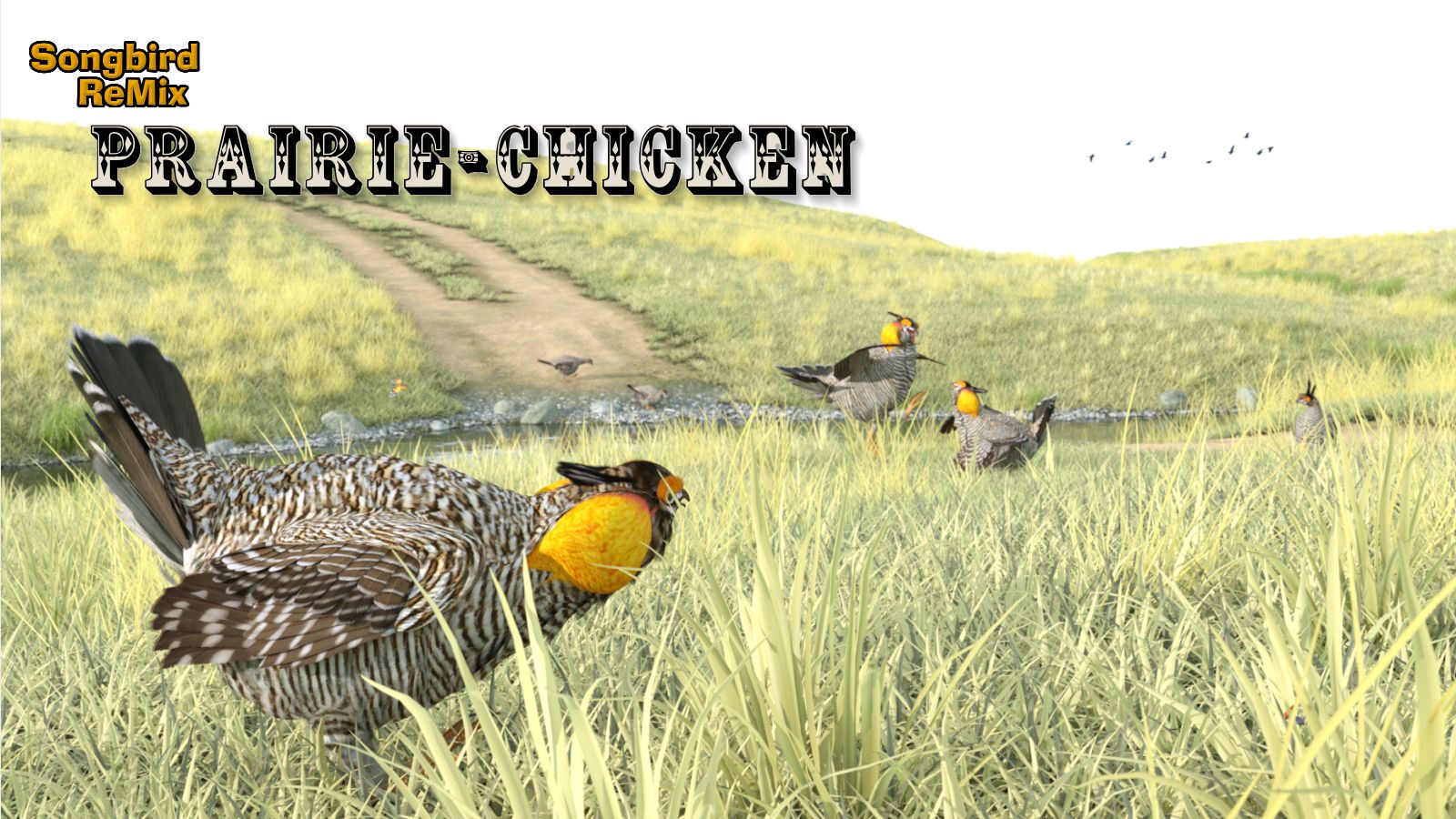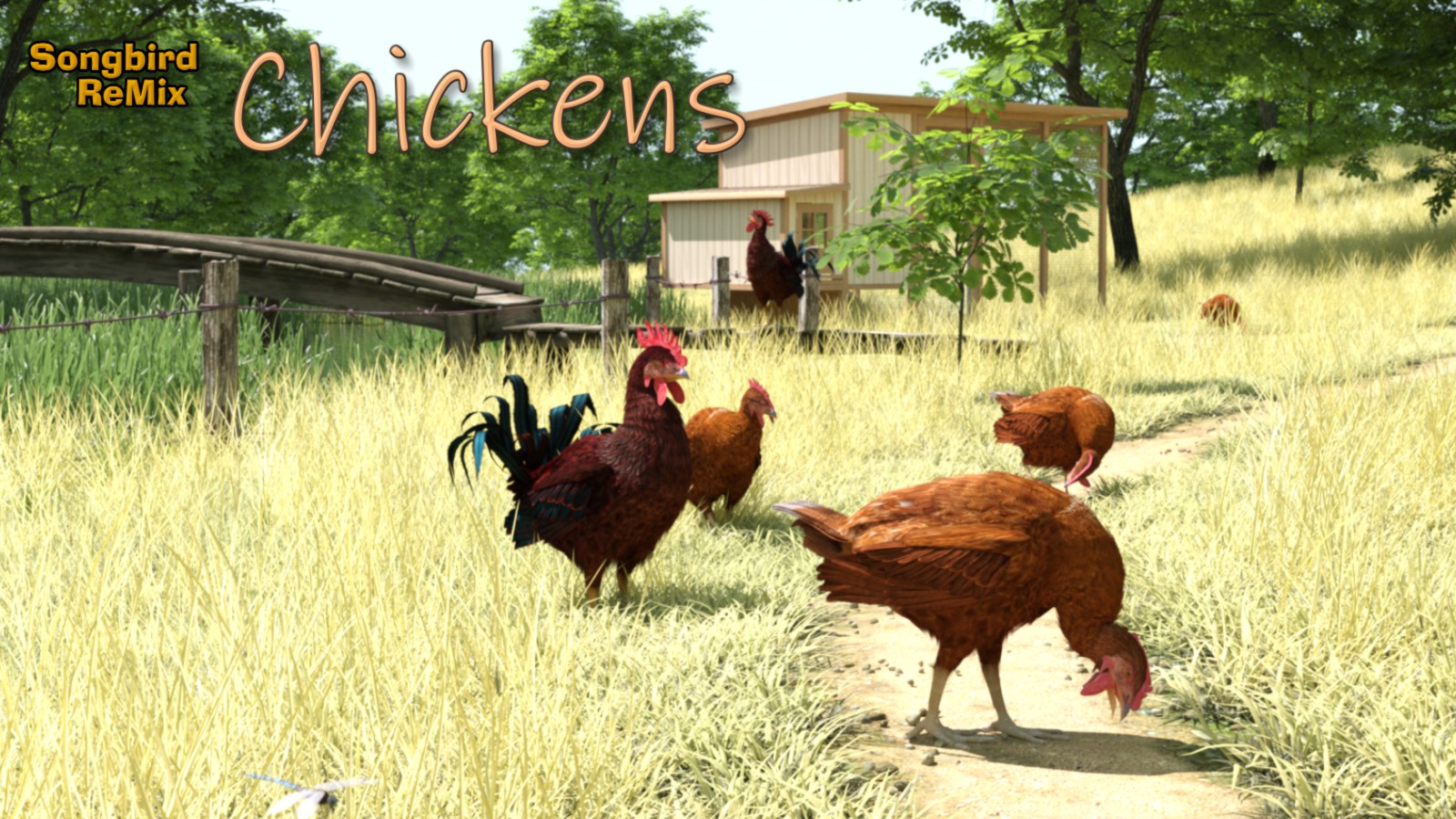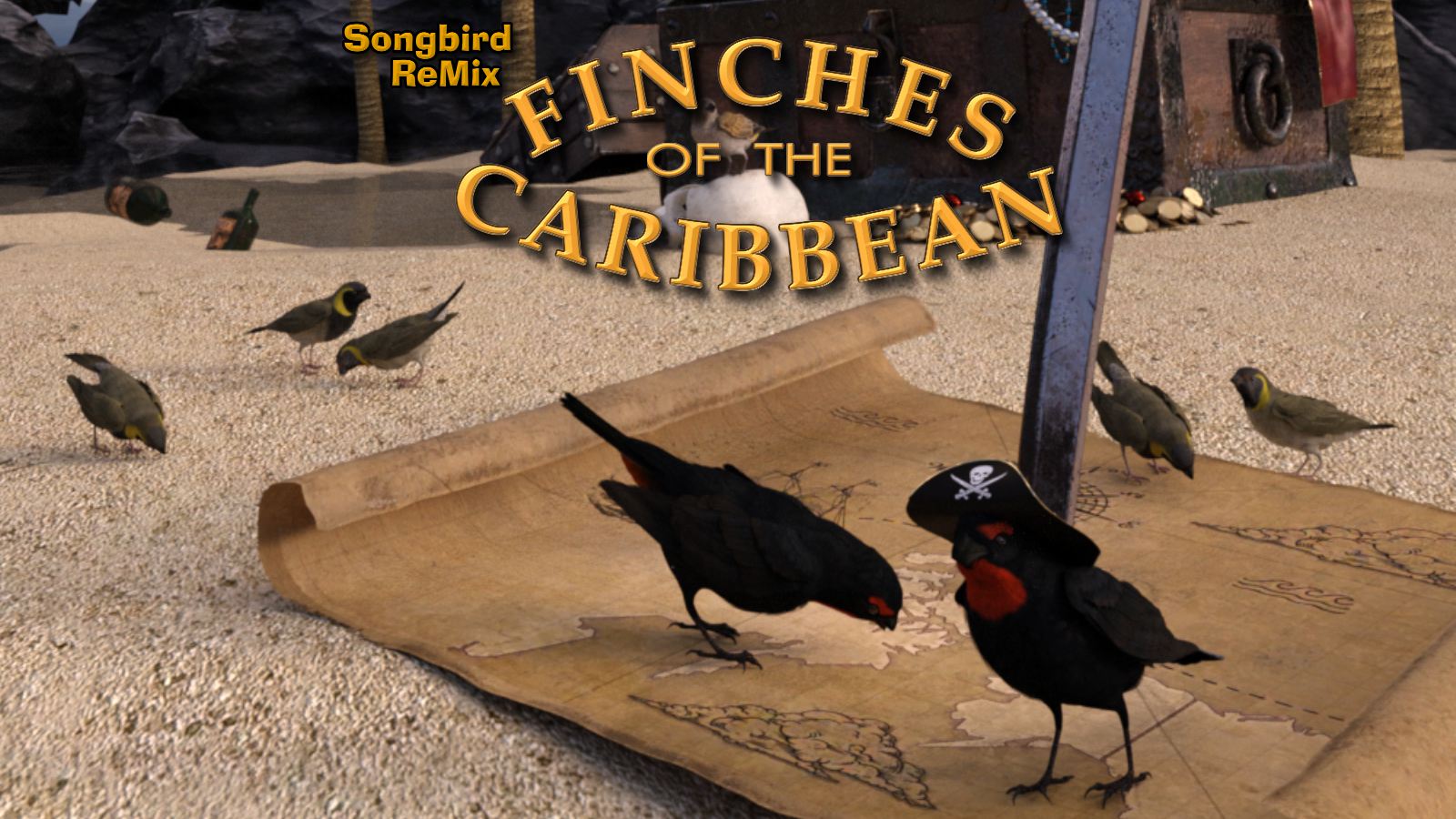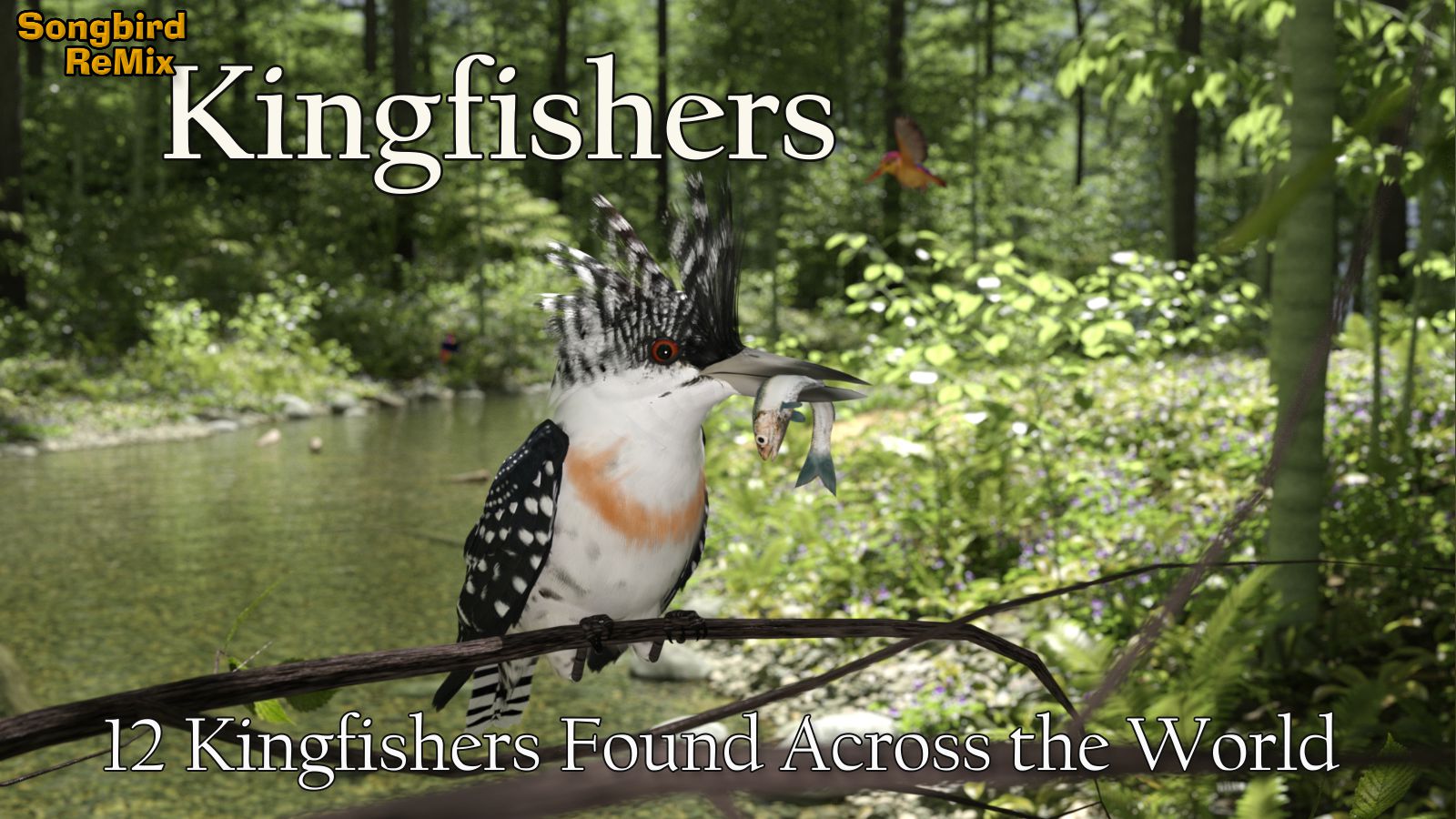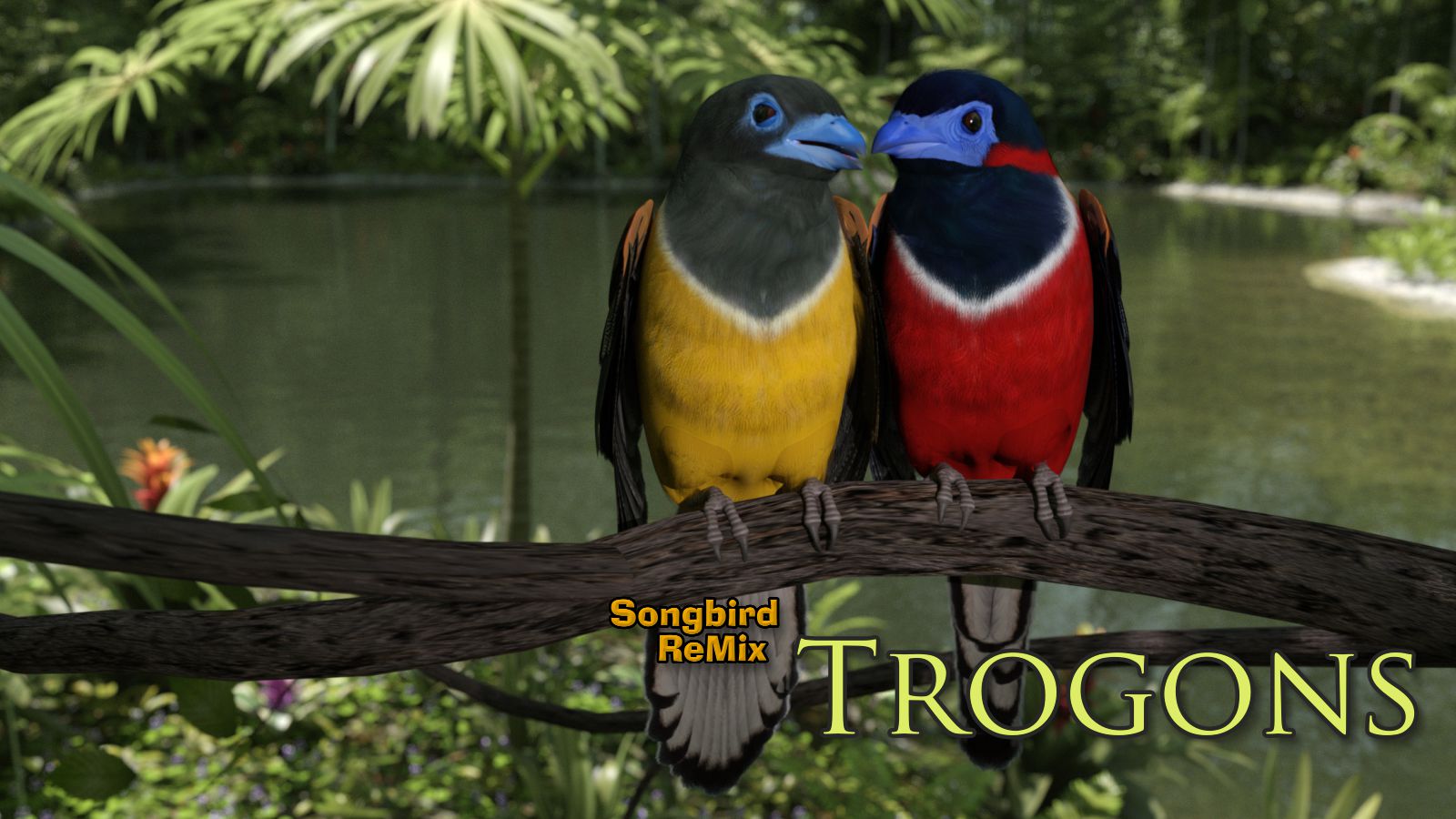Parrotlets of the World
Songbird ReMix Parrotlets of the World will be my first release of 2026. Parrotlets are a group of the smallest New World parrot species, comprising several genera, namely Forpus, Nannopsittaca, and Touit. They have stocky builds and short tails and are endemic to Middle and South America. They resemble the lovebirds of Africa in size, body shape and behavior and have sometimes been referred to as South American lovebirds, but are not closely related.
In the wild, parrotlets travel in flocks ranging in size from a few to over a hundred birds. They form lifelong, tight pair bonds with their chosen mates. They are feisty birds for their size and have no trouble standing up to intruders much larger than them, including humans.
This set includes all the species of Parrotlets in all three genera; Forpus, Nannopsittaca, and Touit (19 nominate species with male and female markings). There are two versions of this set for native support in Poser and DAZ Studio. Materials have been tuned to support Iray, 3Delight, Superfly and Firefly renderers.

Real Birds: Mass Firings at Fish and Wildlife Service Hurting Endangered Species Across U.S.
by Center for Biological Diversity (biologicaldiversity.org)
The Center for Biological Diversity filed Freedom of Information requests late Tuesday with every region of the U.S. Fish and Wildlife Service. The filings aim to get a fuller picture of how mass firings, a hiring freeze and contract cancellations are damaging work to manage national wildlife refuges and save endangered species like the spotted owl.
“Musk is squandering America’s natural heritage by dismantling the Fish and Wildlife Service’s ability to save endangered animals like spotted owls and Florida manatees,” said Noah Greenwald, endangered species director at the Center. “We’re filing these requests to document every single endangered species and national wildlife refuge that’s put at risk by the Musk team’s cruel and destructive actions.”
The dangerous effects on endangered species of mass firings by the so-called Department of Government Efficiency, or DOGE, are coming into focus. The Center learned last week from a scientist that surveys for northern spotted owls will not occur this year because of the hiring freeze. These surveys are critical to ensuring these cherished owls don’t go extinct.
News reports have also started to reveal the harms caused by firing national wildlife refuges employees critical to beloved endangered species. These include the loss of two staff members at the Crystal National Wildlife Refuge, which is hampering efforts to help the beloved Florida manatee, and the loss of five staff members at Hakalau National Wildlife Refuge on Hawaiʻi, which has jeopardized critical work to cultivate endangered native plants and remove invasive species for the benefit of some of the Big Island’s critically endangered honeycreepers.
“Scientists warn that we’re in an extinction crisis, and we ignore that at our own peril,” said Greenwald. “As America’s wildlife dwindles, Elon Musk is swinging his wrecking ball at the skilled and dedicated people fighting to save our plants and animals from extinction. It’s beyond idiotic.”
Contact: Noah Greenwald, ngreenwald@biologicaldiversity.org

